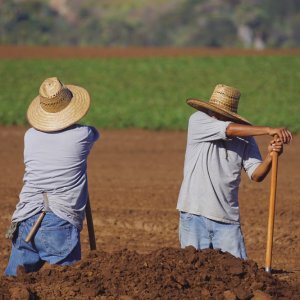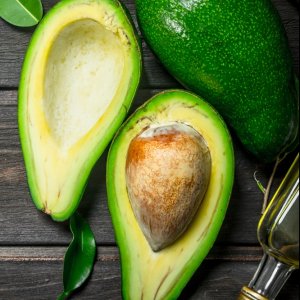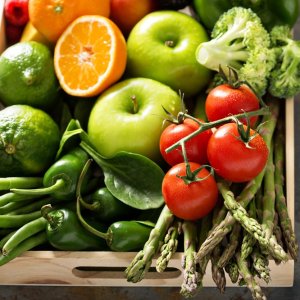COVID-19’s Impact on Mexico's Agricultural Sector

STORY INLINE POST
Q: How has the health crisis affected the industry?
A: The impact on the Mexican agricultural sector has come in phases and affected subsectors to different degrees. The first impact came as a result of the uncertainty and panic in global markets, reverberating in the logistical chains from Mexico to China, where meat sales dropped affecting planning of Mexican domestic production. In the second phase, we saw panic purchases in Mexico, which made supply chains see temporary shortages not because of lack of product (like horticulture or meats), but because of a modification in consumption patterns that required adjustments in the supply chain of self-service retailers. The third phase we lived through was the drop in demand as a result of the closure of sales channel including hotels and restaurants in Mexico and the US, which shut down due to social distancing policies. A fourth phase is expected as a result of unemployment, leading to less dynamism in several products, which will be substituted by more economical products and consumption in lower quantities.
Speaking in terms of sub-sectors, we can indicate that the agricultural sector has been one of the more privileged sectors, considering that it did not have to halt its activities due to its strategic designation. In contrast with meat producers in the US, which shut down plants due to the level of contagion registered in past weeks, the sanitary measures applied in the agricultural sector in Mexico have maintained the level of contagion at bay and allowed operations to continue. The sub-sector of grains in Mexico could have experienced a very severe impact with the drop in prices of commodities due to lower consumption in China, but this was compensated by the depreciation of the peso against the dollar. It is expected that national harvests will be commercialized without a problem during 2020.
The livestock sub-sector is going through a mixed scenario with the price of live cattle having dropped due to an inventory surplus, while the number of cuts available to consumers have increased. The only livestock product that has seen an increase across the chain is egg, the cheapest protein. In the fruit and vegetable sector you also see a complex scenario, considering that 35 percent of production was sold through restaurants and as a result there is now a saturation in supply for retail channels. This tends to decrease prices for the consumer as the retail channel wields greater power than producers.
Q: What elements should be considered for the industry’s reactivation?
A: We believe that the best policy for economic reactivation is to maintain jobs and income for the people affected by the crisis. Contrary to other crises, this pandemic has generated increased unemployment and poverty in the country. In less than two months, more than 600,000 individuals lost their job. This situation, without a doubt, leads to a fall in demand, affecting basic sectors like agriculture. The second measure that should be implemented is to focus on creating liquidity for those companies that closed temporarily, so they can have the necessary labor capital to reopen and maintain their economic activity. Other ideas expressed by the Coordinated Business Council (CCE) include the following:
1. Income support for the most vulnerable families
2. Soft and opportune financing
3. Prompt return of VAT and rental tax
4. Investment in sanitary measures (a non-negotiable matter of national security)
5. Opening new markets and accelerating the implantation of new protocols
Q: How long do you expect it will take the sector to recover?
A: Once back in business, some segments of the value chain will see increases from 0 to 100 percent in sales. The important thing to consider is when the sector will recover its value. Various analysts estimate it will take until 1Q21 for the agriculture sector to reach its pre-pandemic value again.
Grupo Consultor de Mercados Agrícolas (GCMA) is a Mexican consultancy group that provides strategy advice and solutions for clients in the agricultural chain








 By Jan Hogewoning | Journalist and Industry Analyst -
Tue, 06/02/2020 - 14:31
By Jan Hogewoning | Journalist and Industry Analyst -
Tue, 06/02/2020 - 14:31














